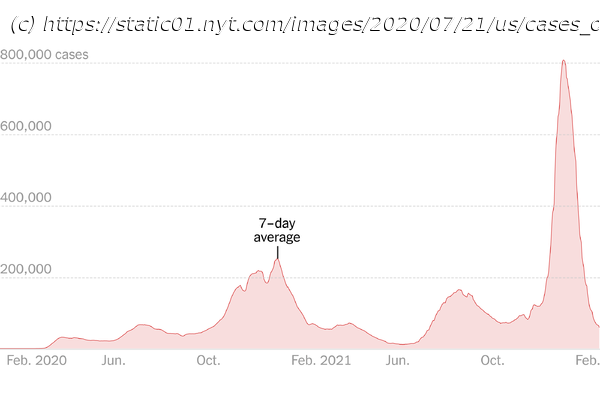New Zealand and Hong Kong’s surges come after two years of very low cases.
This is the Coronavirus Briefing, an informed guide to the pandemic. Sign up here to get this newsletter in your inbox. For much of the pandemic, Hong Kong and New Zealand were models of success in the war against the coronavirus. Their cautious “zero Covid” approaches kept cases and deaths low, and daily life has continued in a relatively normal way. Now, with the Omicron variant walloping much of Asia, both places are experiencing frightening surges — but in strikingly divergent ways. The main difference, according to my colleague Alexandra Stevenson, is that Hong Kong didn’t see Omicron coming. Alexandra, who is based there, told me that until a few weeks ago, she knew just one person in the city who had contracted Covid. “It would have been remarkable to come across someone here who had Covid,” she said. “It was so rare.” The same could be said for New Zealand, an island nation that instituted strict travel restrictions and lockdowns. In Hong Kong, bodies are now piling up in hospital hallways because officials can’t move the dead fast enough, and the autonomous city-state has one of the highest Covid death rates in the world. Part of the reason is low vaccination rates — particularly among older adults, who in many cases have fallen prey to misinformation. Among people above 80, for example, only 30 percent are vaccinated. “There’s this idea here that you need to be healthy enough to be vaccinated, so if you have chronic health problems you should talk to your doctor first,” Alexandra said. In New Zealand, by contrast, the explosion of cases came after the government carried out an extremely effective vaccination campaign.






